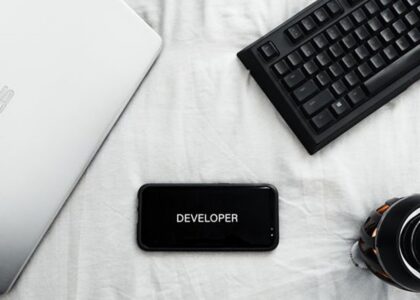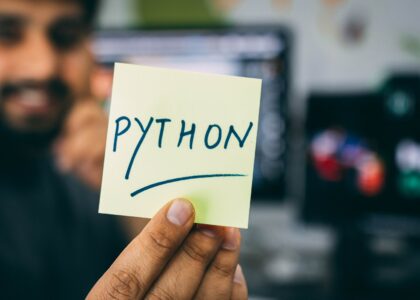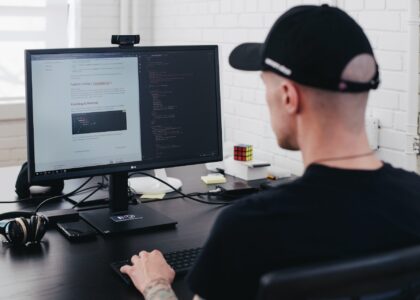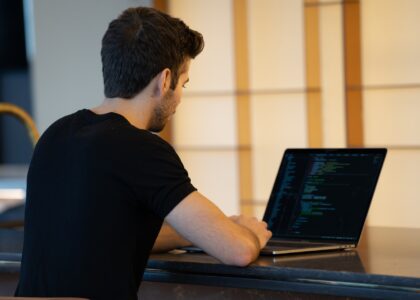How to become better at being a web developer
Have you ever wondered if there’s a way to become better at being a web developer? I did, and I found that there are many


Have you ever wondered if there’s a way to become better at being a web

Python is a great programming language for beginners and experienced coders alike. It’s easy to

Operating systems are always being developed to fit our needs, so it’s easy to find

Web development is not a one-size-fits-all sort of thing. It requires an understanding of how

Many people think a computer is just a tool for checking Facebook, watching videos, and